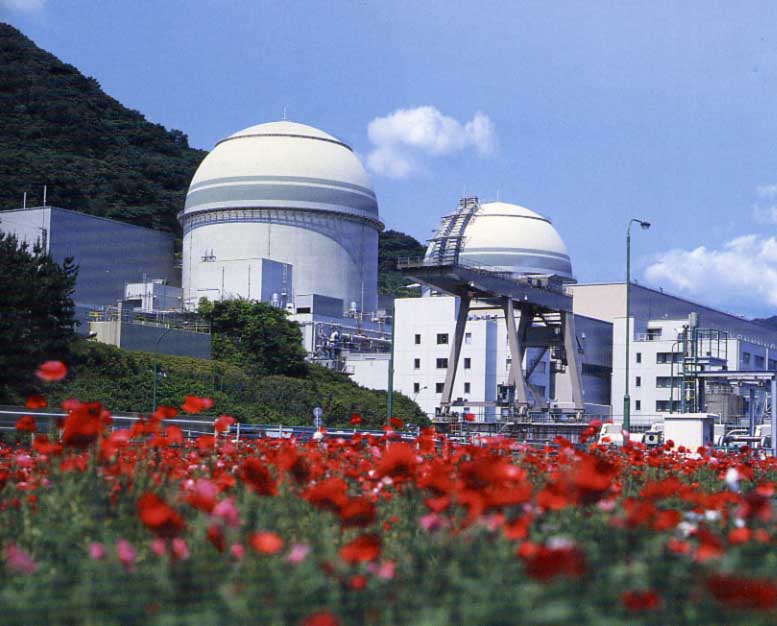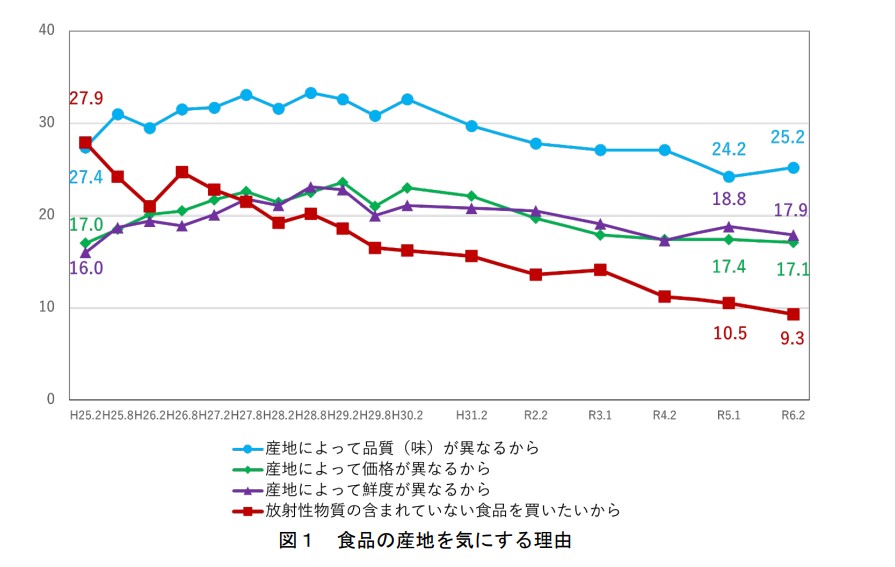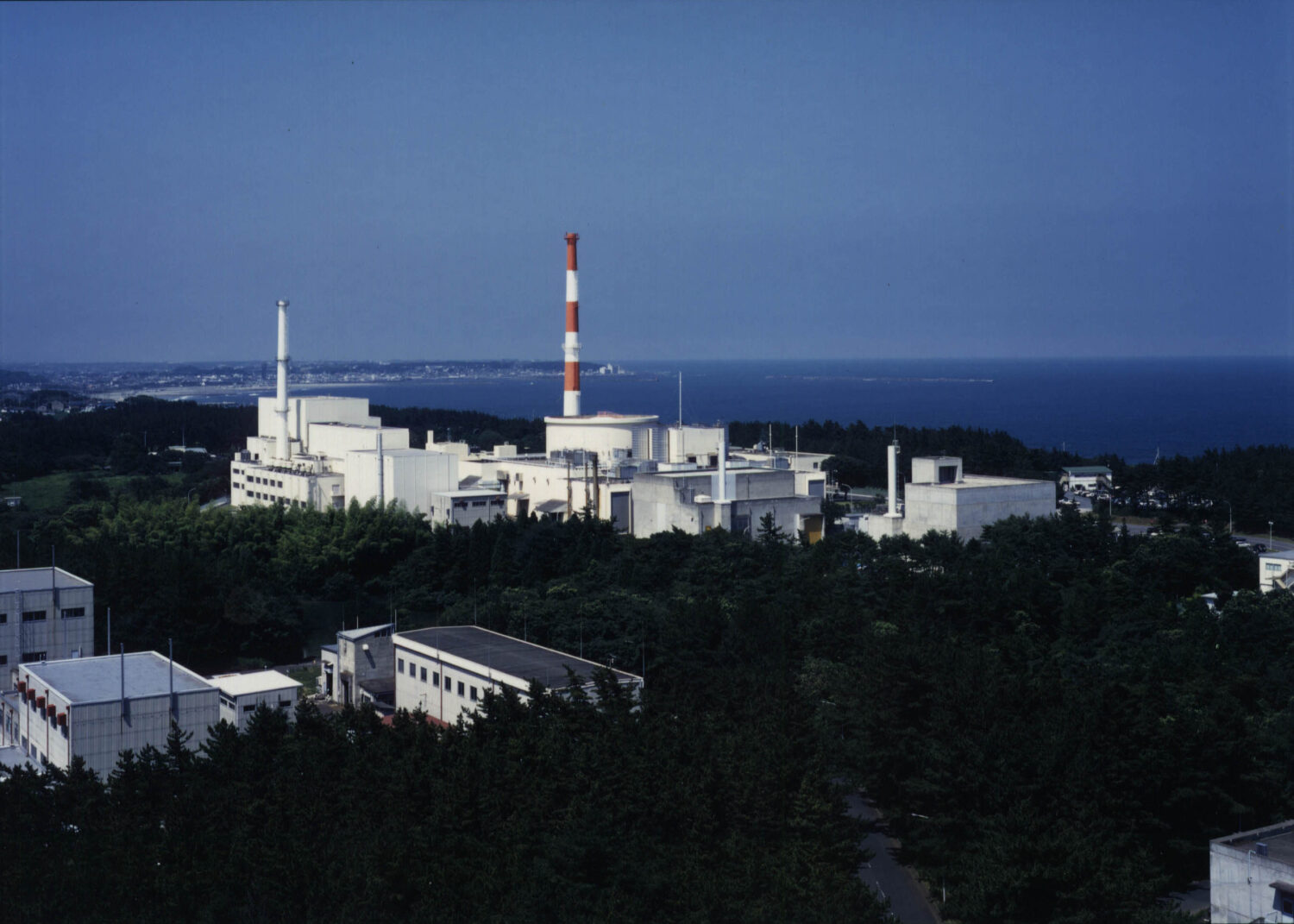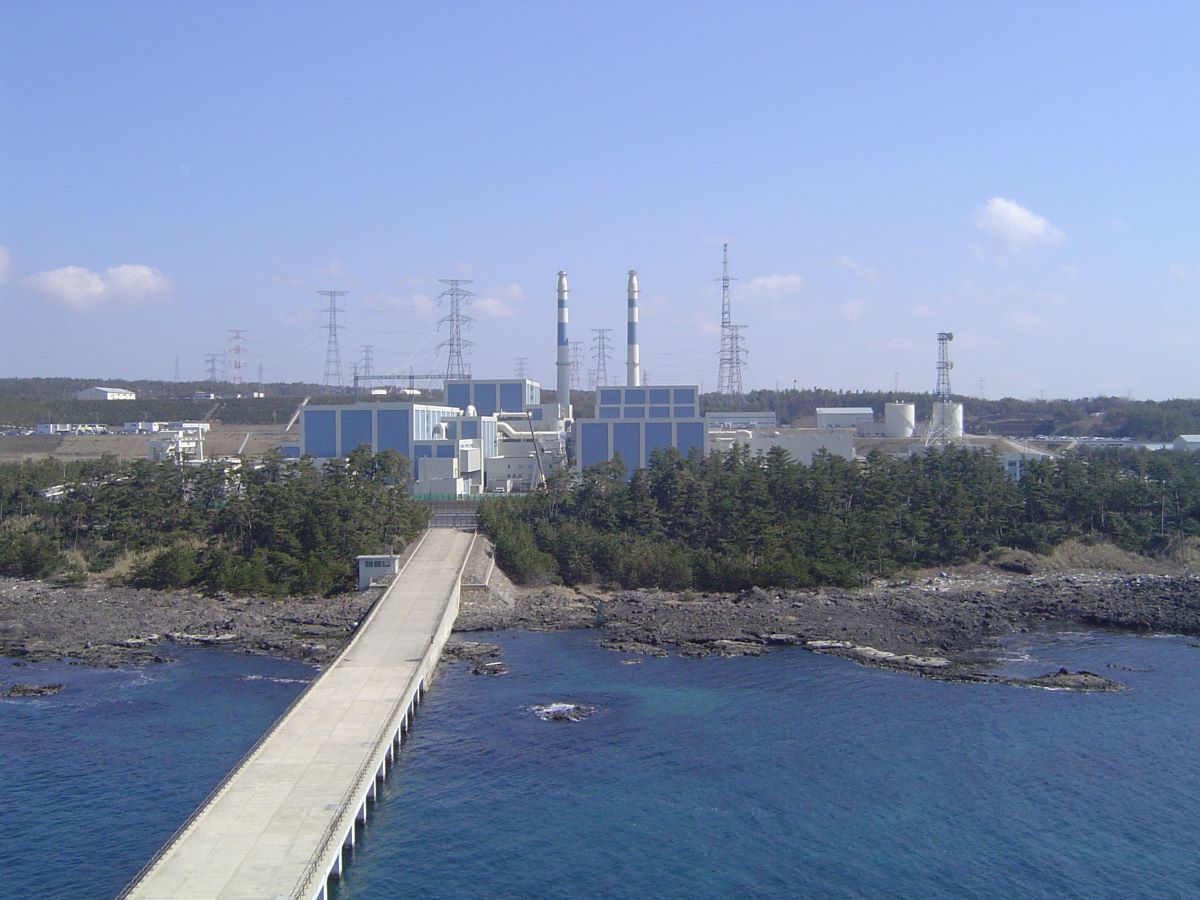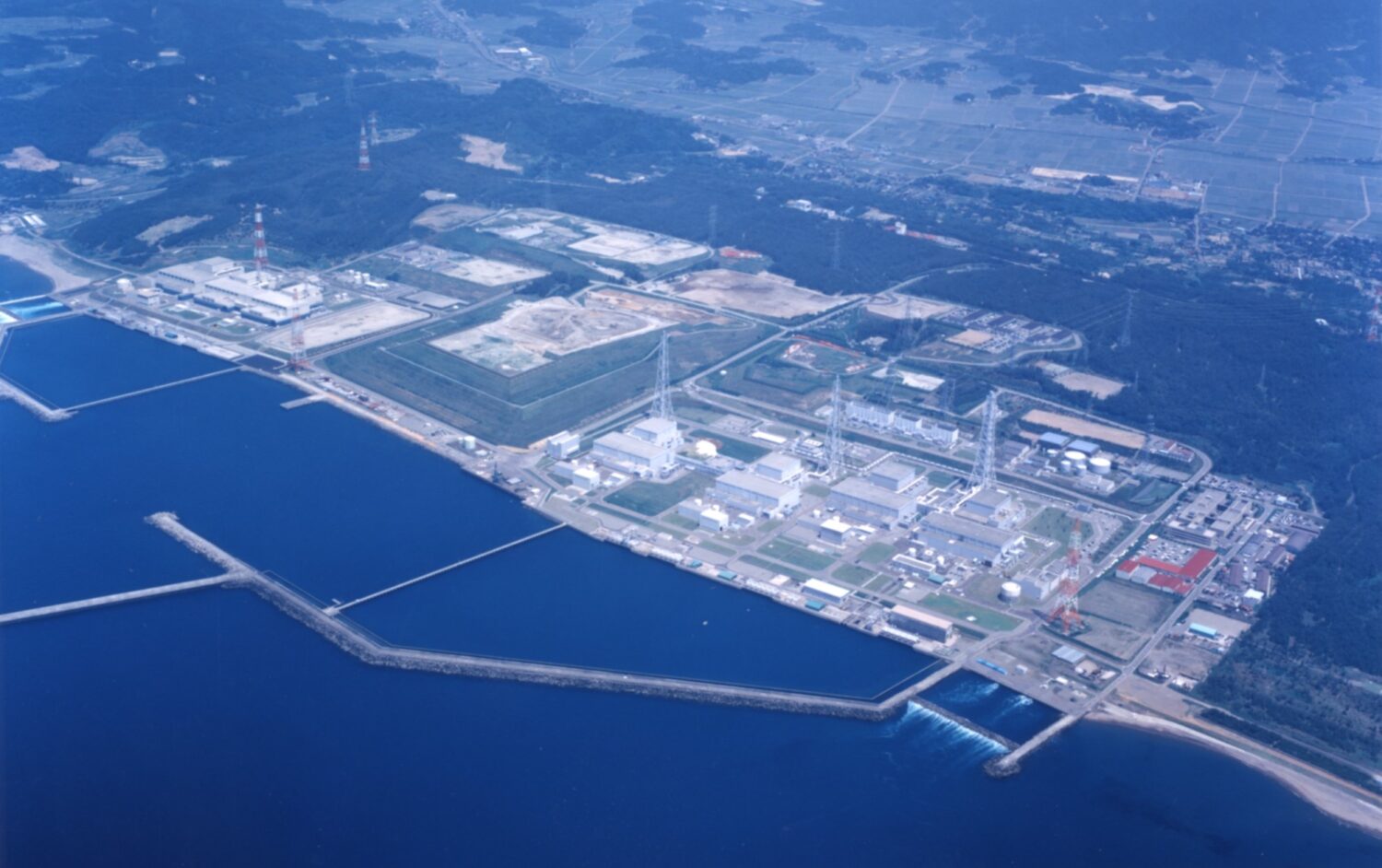Using a reference scenario based on world economic trends in 2019-20, the report addresses three issues:
- The completion of construction of facilities to respond to specific severe accidents (so-called “anti-terrorism facilities”) at the country’s nuclear power plants (NPPs) and the accompanying delays in restarting them.
- Soaring crude oil prices due to geopolitical risks in the Middle East.
- The effects of trade wars on global energy supply and demand.
Japan’s power companies have been given a five-year grace period to build anti-terrorism facilities, starting from the time their work plans for the plants themselves are approved. If they fail to complete the facilities by then, they will be ordered by the Nuclear Regulation Authority (NRA) of Japan to suspend operation of the NPPs in question.
The times required to complete the anti-terrorism facilities have grown longer. For example, Sendai-1 (PWR, 890MWe) of the Kyushu Electric Power will reach its deadline in March 2020.
In the reference scenario mentioned in the IEEJ report, nine NPPs are expected to have met the new regulatory standards and been restarted, with no additional reactors being restarted in the current fiscal year. One NPP is expected to be suspended due to a delay in completing its anti-terrorism facilities, bringing the nation’s total generated electricity to 59TWh—a year-on-year decrease of 4.9 percent—with an increase in energy-derived CO2 emissions.
Meanwhile, in FY20 (starting April 2020), the operation of four units are seen by the reference scenario to have stopped due to delayed construction of anti-terrorism facilities, even though five NPPs are expected to be restarted. Total generated electricity in the upcoming fiscal year is pegged at 62.4TWh, representing an increase of 5.7 percent from the year before.
Meanwhile, in the “high case,” in which anti-terrorism facilities are assumed to be completed by their deadlines, fossil fuel imports are expected to decrease by JPY100 billion (USD900 million at USD1=JPY110) in comparison with the aforementioned scenario, with the energy self‐sufficiency rate seen to improve by 1.2 percentage points, and CO2 emissions to be reduced by 8 million tons.
In that respect, the analysis shows that “examination standards will have to be made clear,” and that “it is important to focus on functional examinations by taking plant-specific circumstances into consideration.”
After talking about possible price increases for crude oil and LNG owing to the worsening geopolitical situation associated primarily with U.S.-Iran relations, and in light of Japan’s current dependency on fossil fuels, the outlook points out the importance of preparedness for risks. Those include lowering the cost of renewable energy, and enabling the smooth restart of the country’s NPPs, most of which are currently shut down.


-1.png)

















.jpg)


